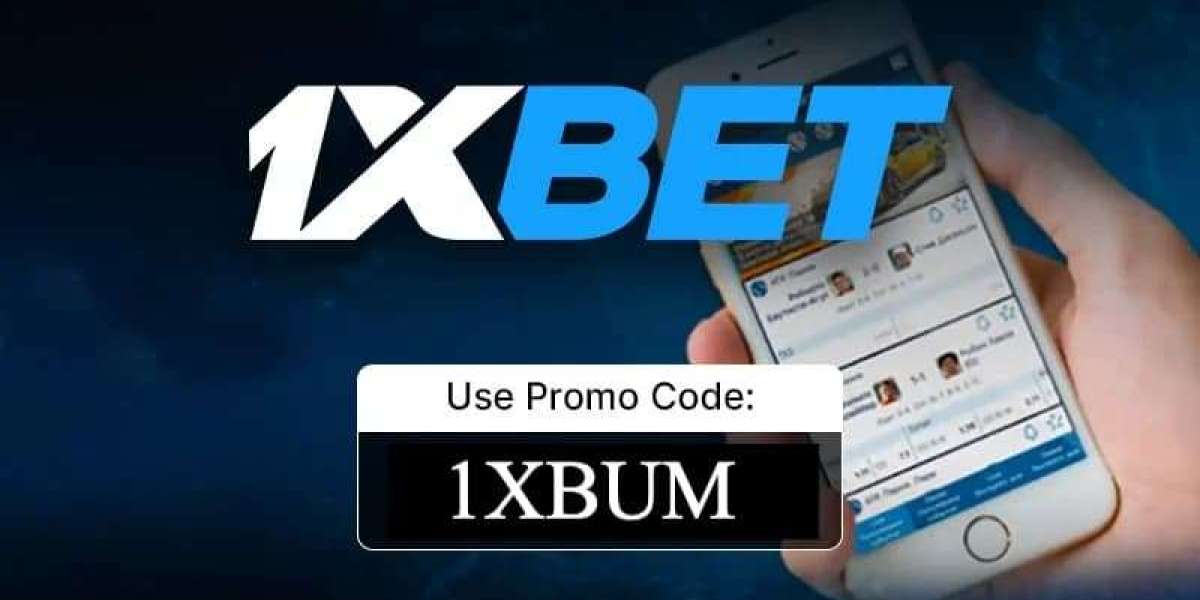In the fast-growing mobile gaming industry, monetization is a key concern for developers. Ads remain one of the most effective ways to generate revenue, especially for free-to-play games. However, poorly integrated ads can frustrate users, disrupt gameplay, and lead to low retention rates. So, how do you strike the right balance between monetization and user experience?
At Pixel Genesys, we specialize in innovative mobile game development services that prioritize both profitability and player engagement. In this article, we’ll explore strategies to integrate ads into your mobile games in a non-intrusive, even rewarding way—so your players stay happy and your game remains profitable.
The Importance of Smart Ad Integration
Before diving into the game development ideas that enable ad integration without breaking immersion, let’s clarify why this is so critical.
1. User Retention Over Revenue
If your ads are intrusive or annoying, users will uninstall your game—fast. With millions of mobile games available, attention spans are short. Smart ad integration ensures you can retain players longer, increasing their lifetime value (LTV) and improving your return on investment (ROI).
2. Ratings & Reviews
One of the biggest complaints in negative reviews? “Too many ads.” App store ratings matter more than ever. Proper ad placement and timing reduce the chances of poor reviews and improve organic growth.
Top 10 Strategies to Integrate Ads Without Disrupting Gameplay
1. Rewarded Video Ads: Let Players Choose
This is the most player-friendly ad model. Rewarded ads give users the option to watch a video in exchange for in-game benefits such as:
Extra lives
Double coins
Exclusive power-ups
Skipping wait times
Rewarded ads put control in the player's hands, which is vital to maintaining immersion and satisfaction. According to a study by Unity, over 70% of players prefer this format.
Pixel Genesys has helped several clients, including Tech Games DefStartup, implement rewarded video ads to enhance user retention. Their game, Cyber Jump Arena, saw a 35% boost in engagement after switching from forced interstitials to rewarded ads.
2. Interstitial Ads Between Natural Breaks
Interstitial ads should be used with extreme caution. They should only appear during natural pauses in gameplay, such as:
Level completion
Game over screen
Loading screens
If these ads pop up mid-level or during intense moments, they can ruin the experience. Timing is everything.
Tip: Add a short delay (1–2 seconds) before showing the ad to give the player breathing room.
3. Native Ads: Seamless Integration
Native ads blend in with the UI/UX of the game. They don’t scream “this is an ad,” but rather appear as:
Sponsored items in a shop
Billboard posters in a racing game
Fake social media feeds inside simulation games
By embedding ads contextually, players feel less interrupted. Tech Games DefStartup used this method in their strategy game City Logic, where ads appeared as news updates on in-game devices—genius and non-disruptive.
4. Offerwalls for Premium Players
Offerwalls let players earn virtual currency or items by completing third-party tasks like installing apps or signing up for services. These are optional and suit users who want to “grind” without paying real money.
This model is especially successful in role-playing games (RPGs), idle clickers, and simulation games where in-game currency is critical.
Ensure the offerwall is accessible from the main menu or shop, not pushed as a pop-up.
5. Frequency Capping and Cooldowns
Nobody wants to be bombarded with ads every two minutes. Set cooldown timers and ad frequency caps to avoid ad fatigue.
Example best practices:
No more than 1 interstitial every 3–5 minutes
Limit rewarded ads to 5–10 views per day
Avoid back-to-back ads
Pixel Genesys recommends A/B testing different cooldown lengths using in-game analytics to find the sweet spot that maximizes revenue without hurting retention.
6. Ad-Free Premium Versions
Give users the choice to remove ads forever with a one-time in-app purchase. Many casual gamers will happily pay a small fee ($1.99–$4.99) to play without interruptions.
This also builds goodwill and helps support development, especially for indie studios looking to scale their mobile game development services.
Bonus tip: Add value to this purchase by bundling it with bonus items like coins, lives, or skins.
7. Playable Ads in Other Games
If you’re cross-promoting your own titles, use interactive or playable ads. They let users experience a snippet of your game before installing.
This method provides a high conversion rate and offers value to players instead of a static banner.
Companies like Tech Games DefStartup have achieved over 3x higher CTR (click-through rate) with playable ads compared to traditional static ads.
8. In-Game Events Sponsored by Brands
This innovative ad model allows actual real-world brands to sponsor in-game content. For example:
A pizza brand sponsoring a special "Pizza Power-Up Day"
An airline offering virtual tickets in an airport simulator
A movie studio promoting a film via game-themed skins
This type of native sponsorship merges advertising with game design, creating memorable and brand-friendly experiences.
9. Minimal UI Ads in Passive Games
In idle games or turn-based RPGs, banner ads or static side-panel ads can work—if they don’t clutter the interface.
Stick to bottom bars or optional areas. Avoid full-screen banners or movement that distracts from core gameplay.
Also ensure the ad size adjusts dynamically across devices. Poor placement or scaling can drive uninstall rates through the roof.
10. Analytics-Driven Ad Personalization
Use player data to determine:
When to show ads
What type of ads to show
Which players are more tolerant of ads
For example, newer players may be more sensitive and less likely to tolerate ads. Advanced players who’ve completed multiple levels may be more accepting.
Using services like Unity Ads, AdMob, or AppLovin in conjunction with your analytics tools can help fine-tune ad delivery and maximize both experience and earnings.
Mistakes to Avoid in Ad Integration
Now that we’ve discussed effective game development ideas for ad integration, here’s what not to do:
Don’t force ads mid-level. It’s the #1 reason for uninstallations.
Don’t trick players. Fake exit buttons or misleading UI damage trust.
Don’t bombard with frequency. Less is more.
Don’t ignore UX design. Ads should never interfere with buttons, navigation, or core mechanics.
Remember: ads are part of your game’s ecosystem. Poor implementation damages your brand.
How Pixel Genesys Helps with Smart Ad Integration
At Pixel Genesys, we don’t just build games—we build sustainable ecosystems around them. Our expert mobile game development services include:
Monetization strategy
UI/UX design optimized for ads
Integration with top ad networks
A/B testing and analytics setup
Cross-promotion strategy for game portfolios
We worked with Tech Games DefStartup on several titles, combining creative ad integration with robust backend analytics to ensure a seamless user experience. Their revenue increased 47% quarter-over-quarter, and user retention jumped by 29% once intrusive ads were replaced with rewarded and native formats.
If you're looking for proven strategies and execution partners, Pixel Genesys is your go-to.
Future Trends in Mobile Game Ad Monetization
The future of mobile game ads is more immersive, data-driven, and player-first. Trends to watch:
AI-powered personalization for ad targeting and delivery.
AR/VR ad placements in mobile XR games.
Blockchain-based rewards for watching ads.
Dynamic in-game advertising updated in real-time.
As games evolve, so must monetization strategies. Your success depends on staying ahead of these trends while keeping your players at the center of your decisions.
Final Thoughts
Monetizing a mobile game doesn’t have to come at the cost of user experience. With smart planning, ethical design, and modern ad tech, you can create games that are both profitable and loved by players.
If you’re a game studio, startup, or entrepreneur exploring mobile game development services, Pixel Genesys offers full-cycle development, from ideation to monetization. Whether you’re inspired by the success of pioneers like Tech Games DefStartup or looking to build something new from the ground up, we’ll help you deliver unforgettable gaming experiences—ads included.







